As artificial intelligence continues to reshape industries, a new phenomenon is emerging in boardrooms and business forecasts across the United States: AI job prediction. What began as an internal HR tool has rapidly evolved into a competitive sport among top corporations, with companies racing to predict, prepare for, and publicize how AI will impact the future of work.
AI Forecasting Becomes a Corporate Strategy
Major companies are no longer just reacting to AI—they’re anticipating it. Predictive modeling tools powered by machine learning are being used to estimate how many jobs could be replaced, transformed, or created over the next five to ten years. From retail to finance, organizations are eager to stay ahead of the curve, not only for workforce planning but also to gain a PR edge and reassure stakeholders.
Some businesses are publishing bold forecasts to show they’re forward-thinking. Others use the data internally to inform reskilling initiatives, hiring strategies, and automation investments. Regardless of approach, one thing is clear: AI job forecasting has become a core part of corporate strategy.
Data-Driven Speculation or Real Insight?
While these predictions are often presented as scientific, they are still heavily influenced by assumptions, market conditions, and human interpretation. Variables such as regulatory changes, ethical considerations, and technological limitations can all affect how AI is deployed in real-world environments.
Nevertheless, companies are pouring resources into AI modeling platforms that analyze job functions, automation potential, and productivity gains. These models help companies decide where to reduce headcount, where to retrain employees, and where to invest in new roles emerging from AI adoption.
The Risk of Misuse and Overhype
There is growing concern that some corporations may use AI forecasts to justify layoffs or reduce investment in human capital, even before automation is viable. In some cases, the predictions become a self-fulfilling prophecy: companies expecting roles to be automated may prematurely cut them without exploring other productivity solutions.
Experts also warn against overhyping job loss numbers to gain media attention or influence investor perception. When not balanced with realistic timelines and ethical considerations, AI forecasts can fuel unnecessary panic among workers and push unproductive narratives about the future of employment.
Reskilling and Adaptability Take Center Stage
Despite the uncertainty, one universal theme has emerged: adaptability is essential. Companies that invest in training, upskilling, and continuous learning are more likely to benefit from AI integration rather than be disrupted by it. Employees who develop skills in AI collaboration, data interpretation, and creative problem-solving will be in high demand across industries.
Progressive organizations are already creating hybrid roles where humans and AI work in tandem. From AI-assisted customer service to data-enhanced decision-making, the future of work is increasingly collaborative, not competitive.
Competitive Advantage Through Preparation
The race to predict the AI impact on jobs is not just about technology—it’s about leadership. Companies that use forecasting to guide thoughtful, people-first policies will not only avoid disruption but may lead the next era of digital transformation.
Being transparent about these predictions, aligning them with ethical goals, and preparing workers for change could be the key to building a resilient, AI-ready workforce.

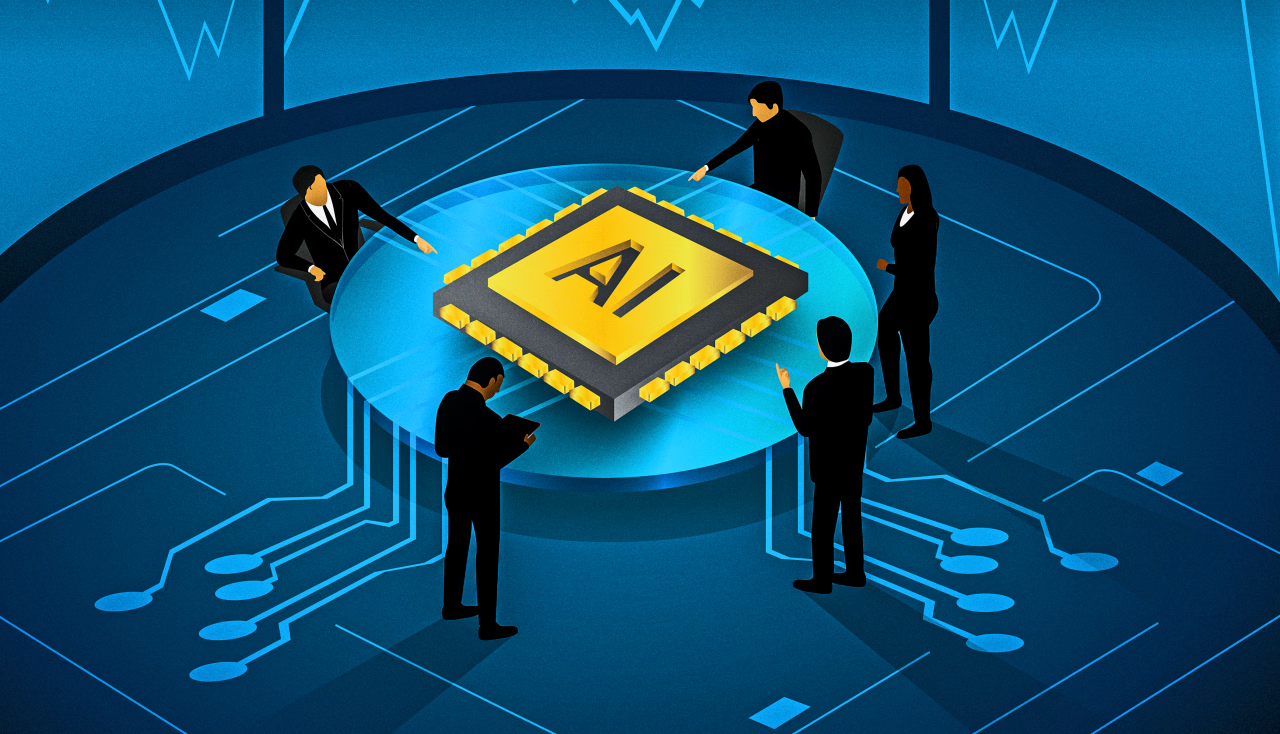


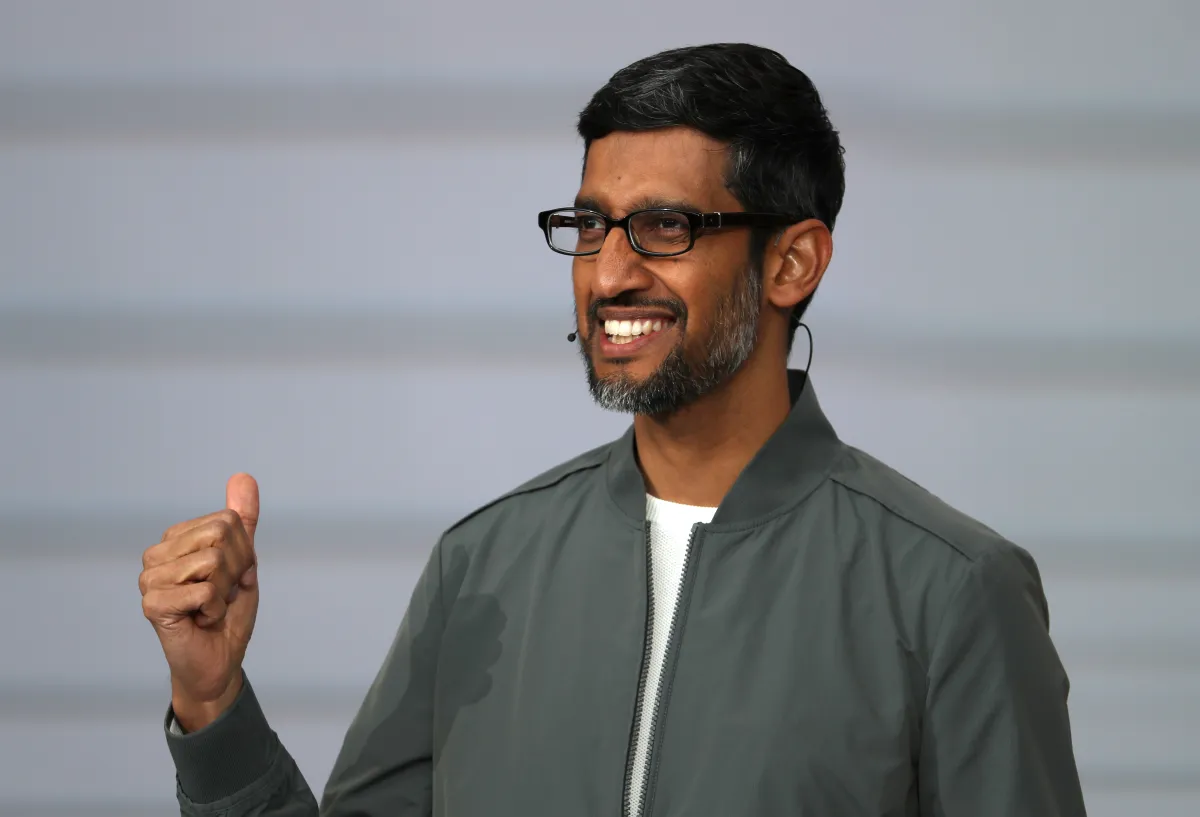


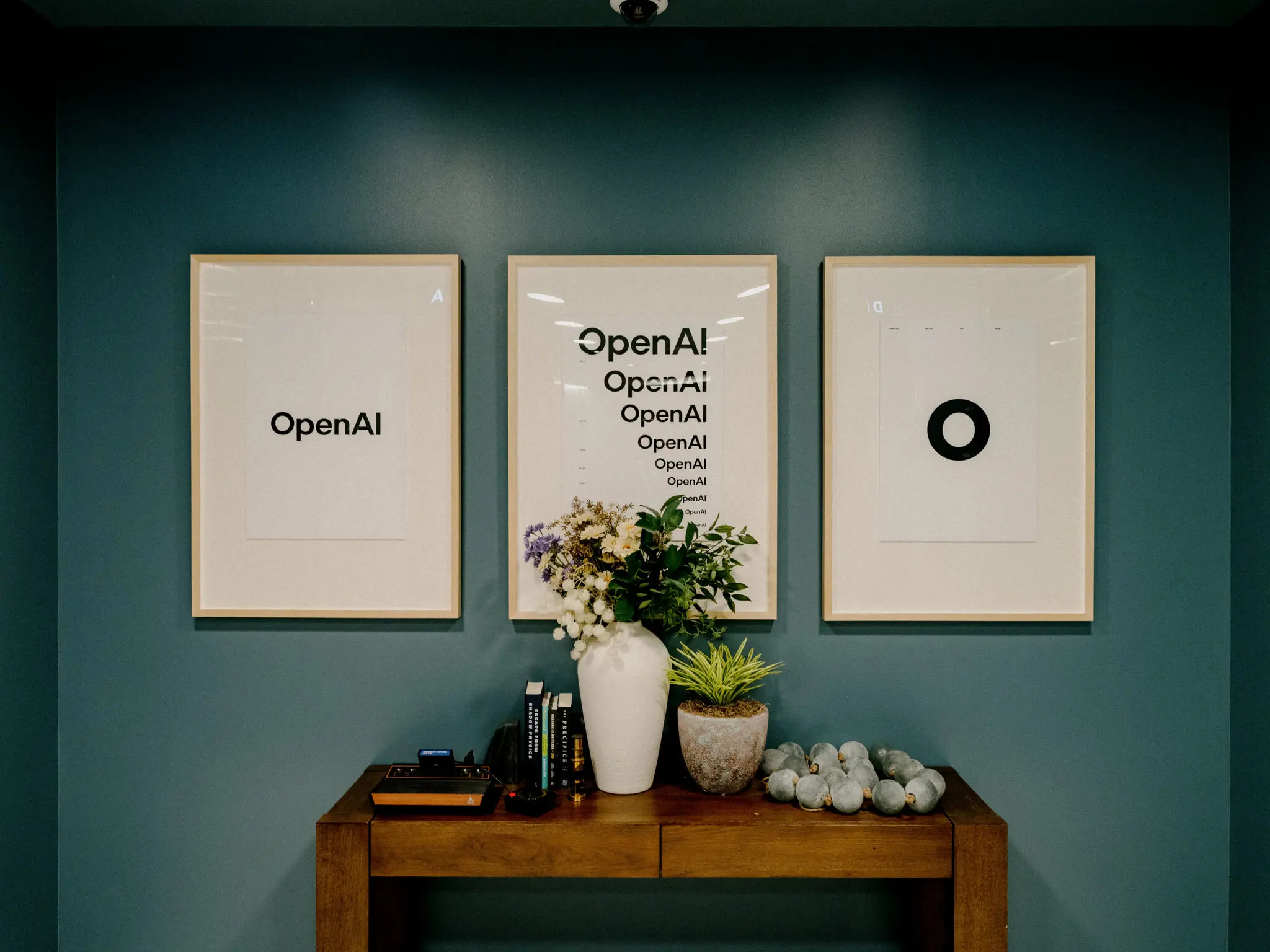
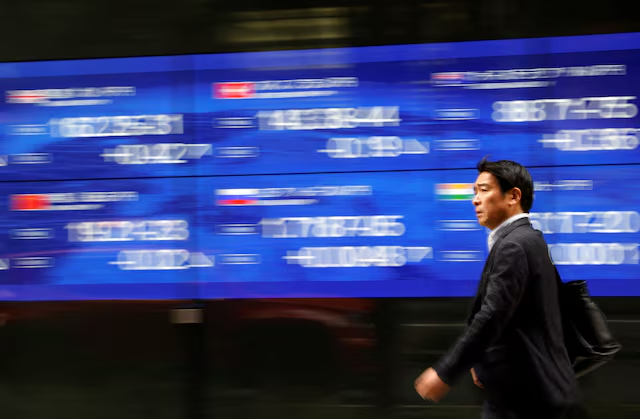



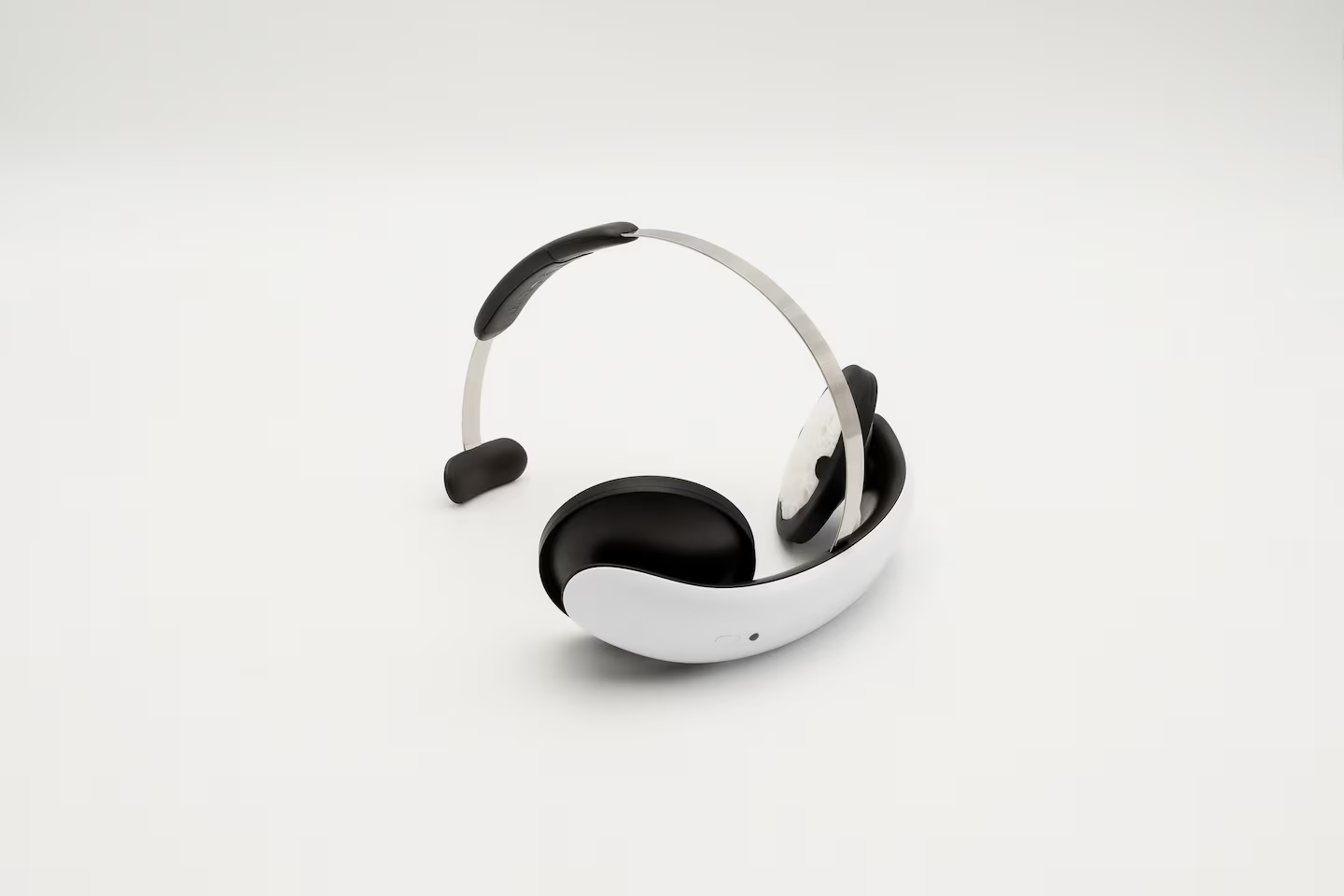
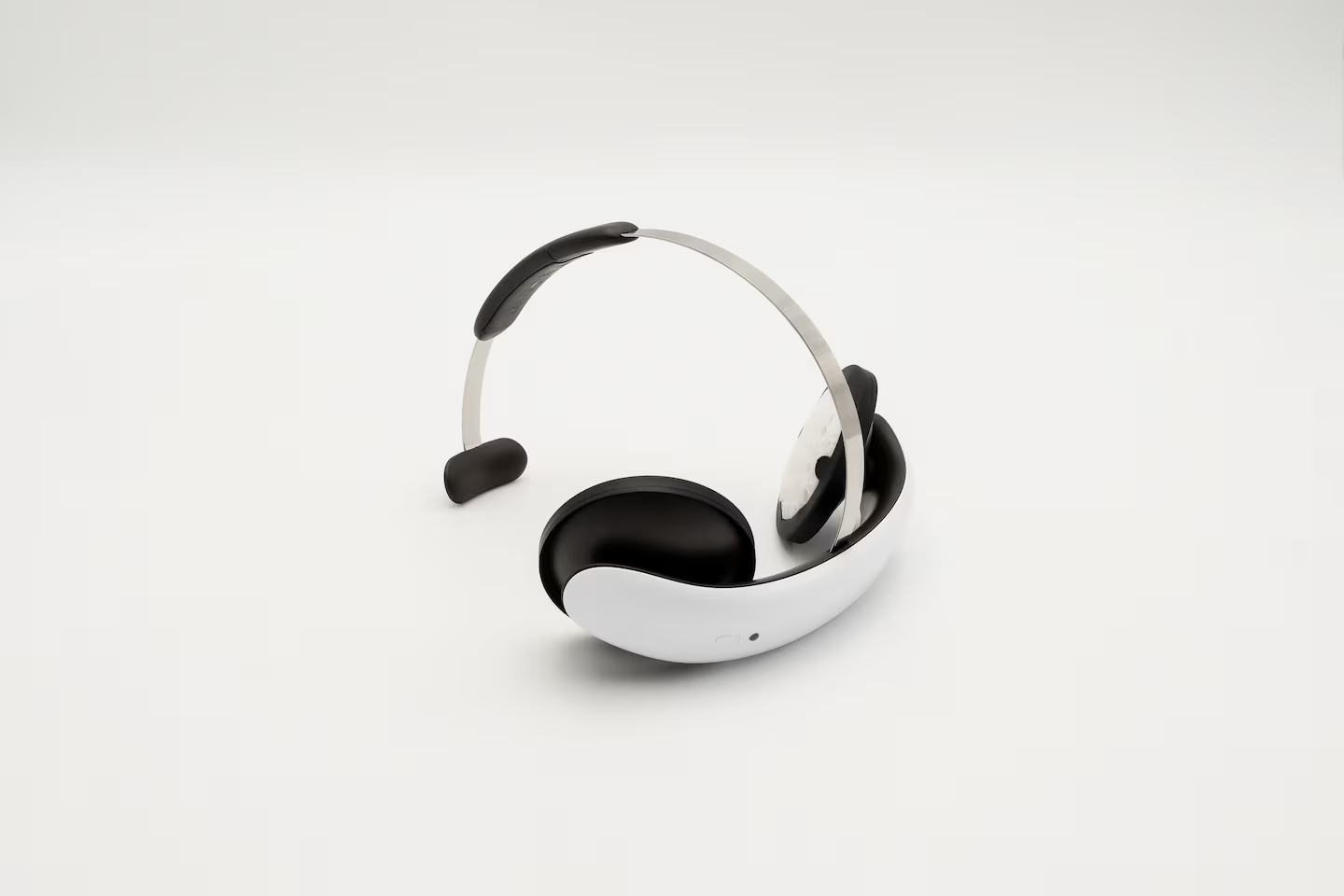

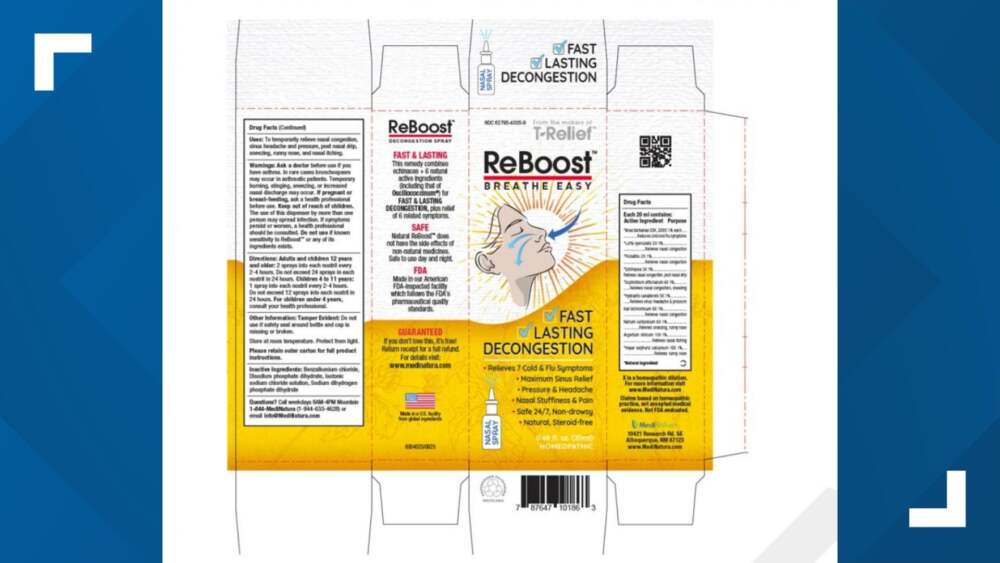
Leave a Reply